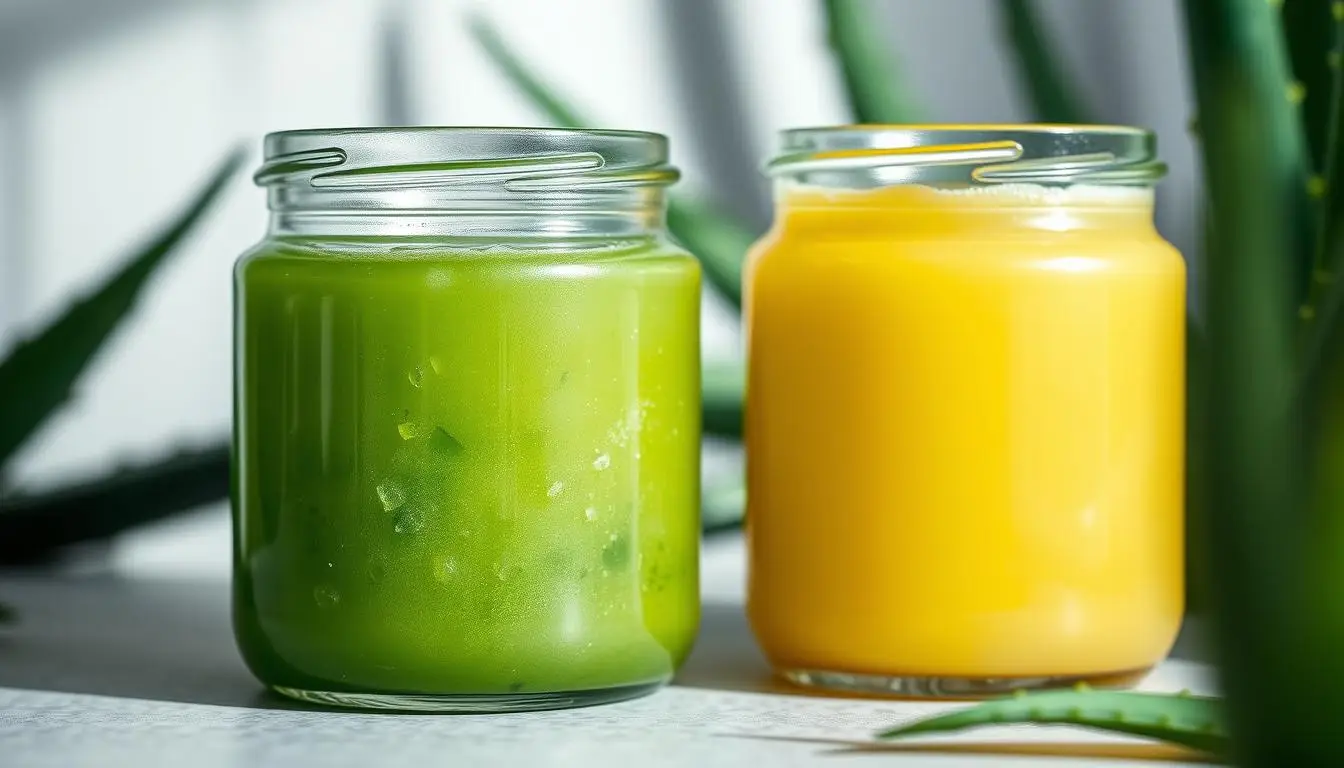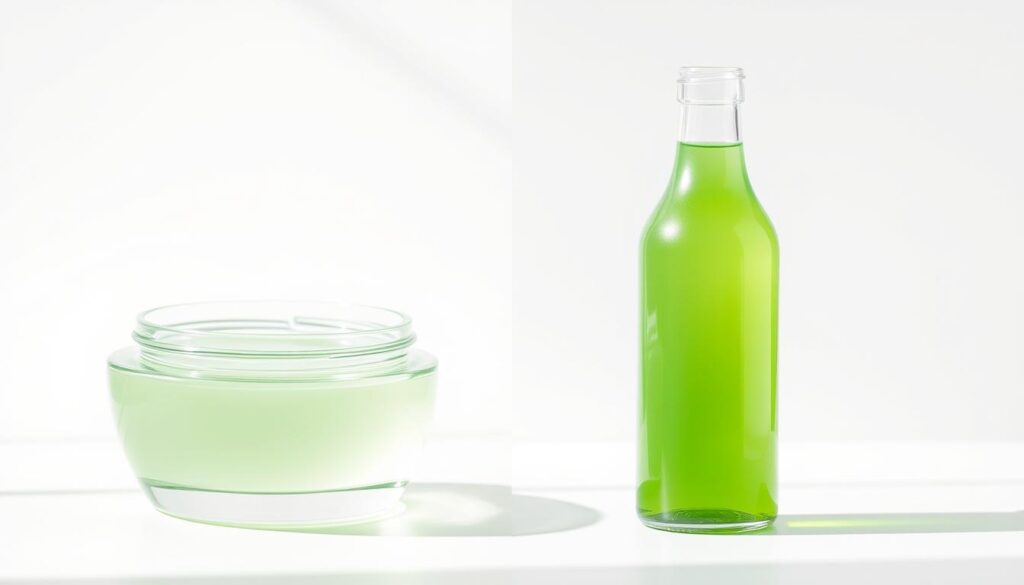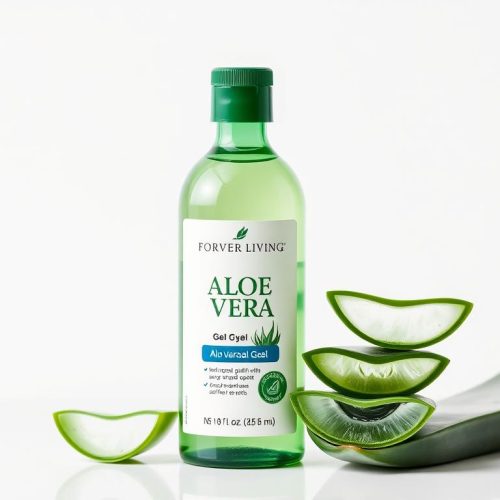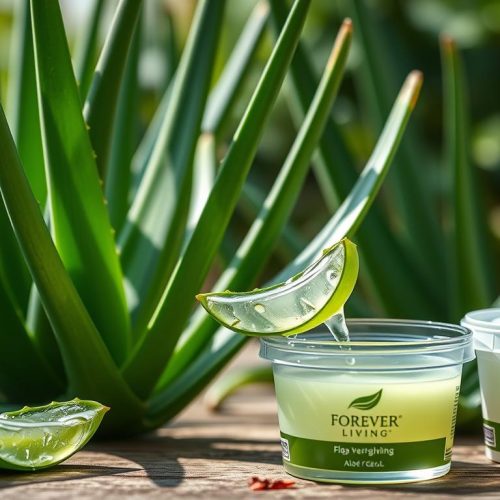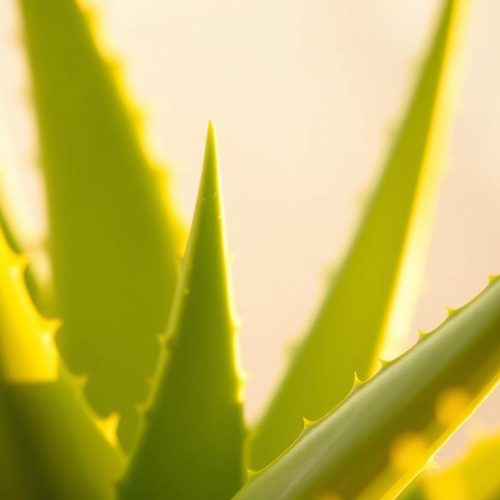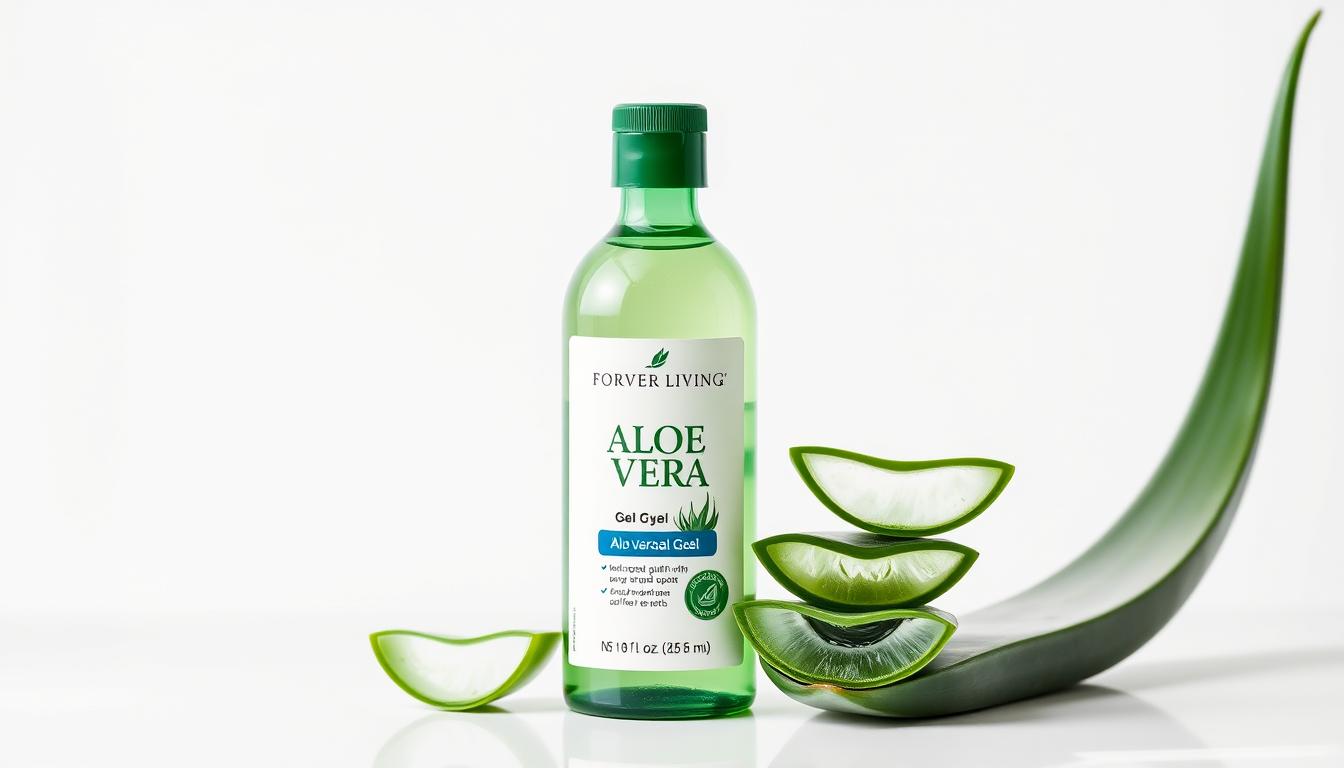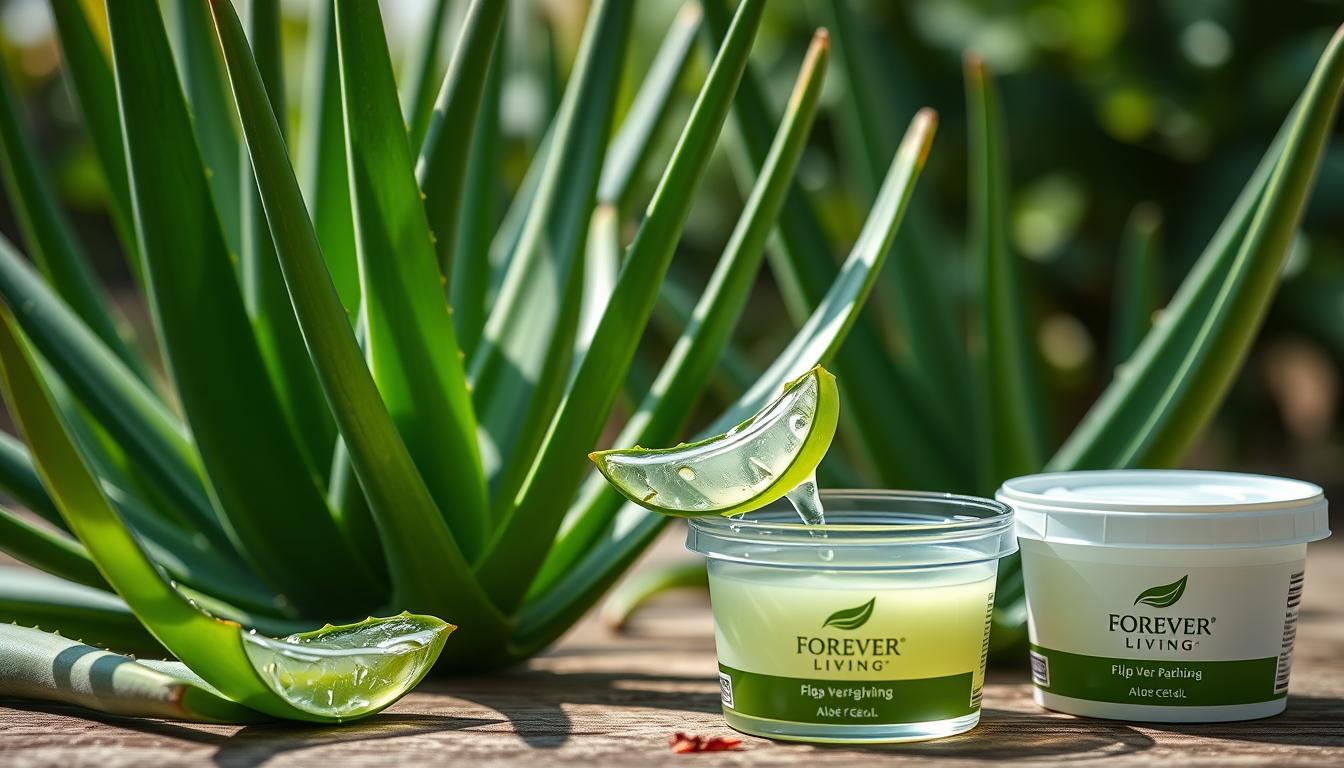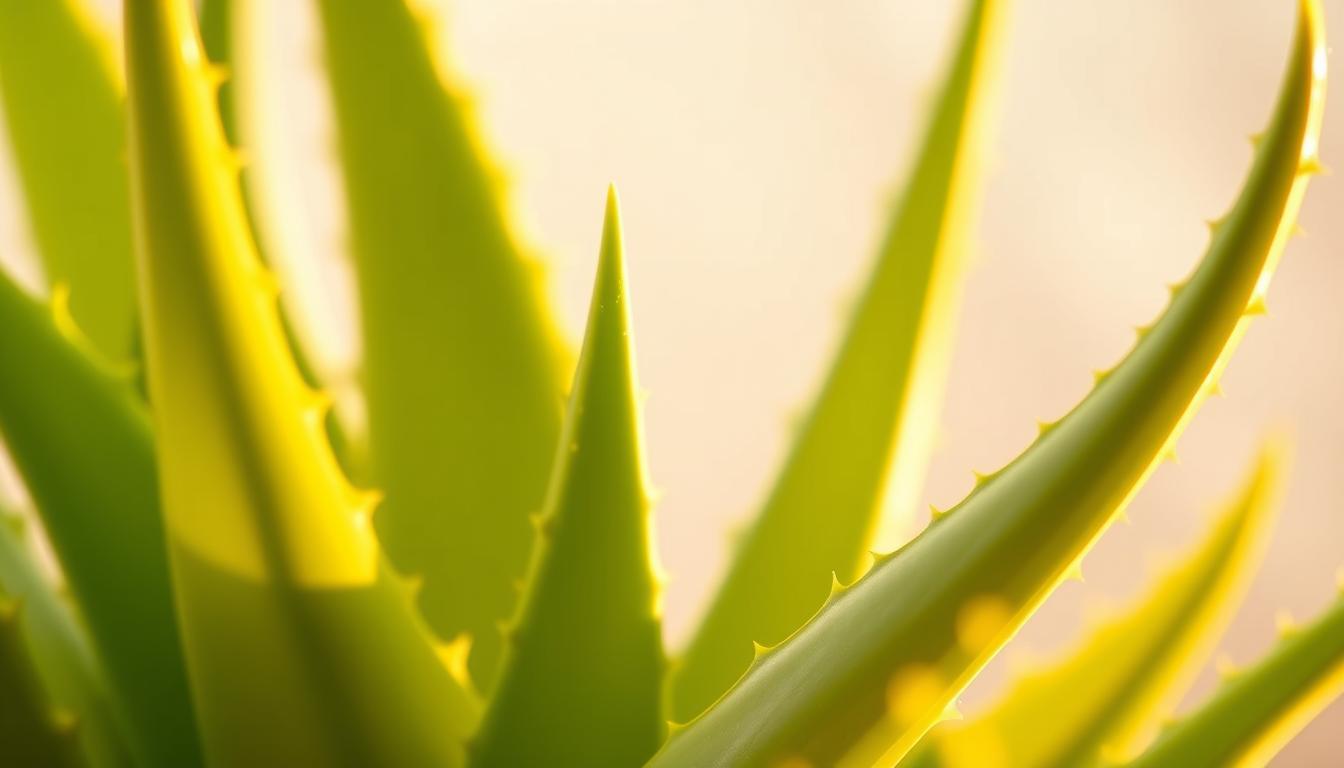Did you know that aloe vera has been used for centuries for its medicinal properties? With its increasing popularity, the debate between using aloe vera gel versus aloe vera juice has gained significant attention.
The key difference lies in their usage: aloe vera gel is primarily used topically for skin benefits, while aloe vera juice is consumed for internal health benefits. Understanding their distinct advantages is crucial for harnessing their potential.
This article will explore the differences, benefits, and best uses of aloe vera gel and aloe vera juice, helping you decide which one suits your needs.
- Understanding Aloe Vera: Nature's Versatile Healer
- Aloe Vera Gel vs Juice: Key Differences Explained
- Nutritional Differences: Aloe Vera Gel vs Juice
- Aloe Vera Gel Benefits for Skin and External Use
- Aloe Vera Juice Uses and Internal Benefits
- How to Use Aloe Vera Gel: Complete Application Guide
- How to Use Aloe Vera Juice: Consumption Guide
- Is Aloe Juice or Gel Better for Skin? A Comparative Analysis
- Quality Matters: Choosing the Best Aloe Products
- Conclusion: Making the Right Choice for Your Health Needs
- FAQ
- What are the benefits of using aloe vera gel on the skin?
- How do I use aloe vera juice for digestive health?
- Is aloe vera juice or gel better for skin?
- Can I use aloe vera gel instead of aloe vera juice?
- What are the potential side effects of consuming aloe vera juice?
- How do I choose a high-quality aloe vera product?
- Can I make my own aloe vera gel and juice at home?
- What is the recommended dosage for consuming aloe vera juice?
- Understanding Aloe Vera: Nature's Versatile Healer
- Aloe Vera Gel vs Juice: Key Differences Explained
- Nutritional Differences: Aloe Vera Gel vs Juice
- Aloe Vera Gel Benefits for Skin and External Use
- Aloe Vera Juice Uses and Internal Benefits
- How to Use Aloe Vera Gel: Complete Application Guide
- How to Use Aloe Vera Juice: Consumption Guide
- Is Aloe Juice or Gel Better for Skin? A Comparative Analysis
- Quality Matters: Choosing the Best Aloe Products
- Conclusion: Making the Right Choice for Your Health Needs
- FAQ
- What are the benefits of using aloe vera gel on the skin?
- How do I use aloe vera juice for digestive health?
- Is aloe vera juice or gel better for skin?
- Can I use aloe vera gel instead of aloe vera juice?
- What are the potential side effects of consuming aloe vera juice?
- How do I choose a high-quality aloe vera product?
- Can I make my own aloe vera gel and juice at home?
- What is the recommended dosage for consuming aloe vera juice?
Key Takeaways
- Understand the primary differences between aloe vera gel and juice.
- Learn about the benefits of using aloe vera gel for skin care.
- Discover the internal health benefits of consuming aloe vera juice.
- Find out which form is best suited for your specific needs.
- Explore the nutritional differences between aloe vera gel and juice.
Understanding Aloe Vera: Nature's Versatile Healer
For thousands of years, aloe vera has been utilized in various cultures for its medicinal and therapeutic benefits. This succulent plant is renowned for its gel-filled leaves, which are rich in vitamins, minerals, and other bioactive compounds.
The Aloe Vera Plant and Its Composition
The aloe vera plant is composed of several key components, including the outer leaf, the inner gel, and the latex. The outer leaf provides protection, while the inner gel is rich in vitamins A, C, and E, as well as minerals like calcium and potassium. The latex, found between the outer leaf and the inner gel, contains anthraquinones, which have laxative properties.
| Component | Description | Key Benefits |
|---|---|---|
| Outer Leaf | Protective outer layer | Provides protection to the inner gel |
| Inner Gel | Rich in vitamins and minerals | Soothing, moisturizing, and anti-inflammatory properties |
| Latex | Contains anthraquinones | Laxative properties |
Historical Uses Across Cultures
Aloe vera has been used across various cultures for its medicinal properties. In ancient Egypt, it was used as a burial gift for pharaohs, while in traditional Chinese medicine, it was used to treat digestive issues. In India, aloe vera was used in Ayurvedic medicine to heal wounds and skin conditions.
The historical use of aloe vera is a testament to its versatility and effectiveness as a natural healer. Its various applications across cultures highlight its importance in traditional medicine.
Aloe Vera Gel vs Juice: Key Differences Explained
The distinction between aloe vera gel and juice lies in their source, extraction methods, and processing techniques. Understanding these differences is crucial for choosing the right product for your needs.
Source and Extraction Methods
Aloe vera gel is extracted from the inner leaf pulp of the aloe vera plant. This gel is typically obtained by manually filleting the inner gel from the leaf. In contrast, aloe vera juice is made by grinding the whole leaf, which includes both the gel and the latex. The extraction method for juice involves crushing or pressing the entire leaf to release its contents.
Consistency and Appearance
Aloe vera gel has a thick, gel-like consistency and is usually clear or slightly opaque. Aloe vera juice, on the other hand, is more liquid and can range in color from clear to yellow or red, depending on whether it includes aloin or not.
Processing Techniques
The processing techniques for aloe vera gel and juice differ significantly. Aloe vera gel is often processed to remove aloin, a laxative compound found in the latex, making it suitable for topical use. Aloe vera juice, however, may or may not be processed to remove aloin, depending on its intended use. Some aloe vera juices are formulated to be consumed as a dietary supplement and may undergo additional processing steps to enhance bioavailability.
Shelf Life and Storage Requirements
Aloe vera gel typically has a shorter shelf life compared to aloe vera juice due to its higher water content and potential for microbial growth. It requires proper storage in a cool, dry place or refrigeration to extend its shelf life. Aloe vera juice, especially when pasteurized or preserved, can have a longer shelf life. However, it’s still important to store it properly to maintain its potency.
Nutritional Differences: Aloe Vera Gel vs Juice
Understanding the nutritional differences between aloe vera gel and juice is crucial for making informed decisions about their use. While both are derived from the aloe vera plant, their nutritional profiles vary, impacting their effectiveness for different health needs.
Active Compounds in Aloe Gel
Aloe vera gel is rich in polysaccharides, particularly acemannan, which is known for its immune-modulating properties. It also contains various vitamins, including vitamins A, C, and E, and antioxidants that help protect the skin and promote overall health.
The gel’s composition makes it particularly beneficial for topical applications, such as soothing burns, wounds, and skin irritations. Its moisturizing properties also make it a popular ingredient in skincare routines.
Bioactive Components in Aloe Juice
Aloe vera juice, on the other hand, contains a broader range of bioactive components, including vitamins, minerals, and enzymes. The juice is often consumed orally for its potential health benefits, which include supporting digestive health and boosting the immune system.
Aloe vera juice is rich in vitamin B12, folic acid, and other B vitamins, making it a nutritious beverage option. However, it’s essential to choose a juice that is properly processed to avoid latex contamination.
Comparative Vitamin and Mineral Content
When comparing the vitamin and mineral content of aloe vera gel and juice, some differences become apparent. The table below summarizes the key nutritional components found in each.
| Nutritional Component | Aloe Vera Gel | Aloe Vera Juice |
|---|---|---|
| Polysaccharides | High | Variable |
| Vitamins A, C, E | Present | Present |
| B Vitamins | Limited | Rich (including B12) |
| Minerals | Variable | Rich (including calcium, magnesium) |
| Antioxidants | High | Present |
In conclusion, while both aloe vera gel and juice offer nutritional benefits, their compositions differ significantly. Aloe vera gel is rich in polysaccharides and antioxidants, making it ideal for topical use. Aloe vera juice, with its broader range of vitamins and minerals, is more suited for oral consumption and internal health benefits.
Aloe Vera Gel Benefits for Skin and External Use
The benefits of aloe vera gel for skin and external use are multifaceted, ranging from soothing sunburns to aiding in wound healing. This versatile natural remedy has been utilized for centuries, and its popularity endures due to its effectiveness in addressing various skin concerns.
Healing Burns and Wounds
Aloe vera gel is widely recognized for its ability to accelerate the healing process of burns and wounds. The gel contains compounds that promote tissue repair and regeneration, reducing the risk of infection and minimizing scarring. Its cooling effect also provides immediate relief from pain and discomfort associated with burns.
A study published in the Journal of Ethnopharmacology found that aloe vera gel significantly enhanced wound healing in rats by increasing collagen synthesis and improving tissue strength.
“Aloe vera gel has been shown to enhance wound healing by promoting collagen synthesis and improving tissue strength.”
Anti-Inflammatory and Soothing Properties
Aloe vera gel possesses potent anti-inflammatory properties, making it an effective remedy for soothing irritated skin and reducing redness. The gel’s anti-inflammatory compounds, such as aloin and aloe-emodin, work to calm inflamed skin, providing relief from conditions like eczema and acne.
- Reduces inflammation and redness
- Soothes irritated skin
- Calms conditions like eczema and acne
Moisturizing and Anti-Aging Effects
In addition to its healing properties, aloe vera gel is also valued for its moisturizing and anti-aging benefits. The gel is rich in vitamins A, C, and E, as well as antioxidants that help to hydrate the skin, reducing the appearance of fine lines and wrinkles.
| Benefit | Description |
|---|---|
| Hydration | Aloe vera gel helps to lock in moisture, leaving skin feeling soft and supple. |
| Anti-Aging | The antioxidants in aloe vera gel help to reduce the appearance of fine lines and wrinkles. |
Aloe Vera Juice Uses and Internal Benefits
Consuming aloe vera juice is associated with various health benefits, ranging from digestive support to immune system enhancement. As a natural health supplement, aloe vera juice has been used for centuries to promote overall well-being.
Digestive Health Support
Aloe vera juice is rich in compounds that support digestive health. It contains anthraquinones, which have a laxative effect, and anti-inflammatory compounds that can soothe the digestive tract.
The juice may help alleviate symptoms of irritable bowel syndrome (IBS) and other digestive disorders by promoting a healthy gut microbiome.
Immune System Boosting
Aloe vera juice is believed to have immunomodulatory effects, helping to regulate and boost the immune system. It contains vitamins A, C, and E, which are antioxidants that play a crucial role in immune function.
Regular consumption of aloe vera juice may help enhance the body’s natural defenses against infections and diseases.
Detoxification Properties
Aloe vera juice is often consumed for its detoxifying properties. It is thought to help remove toxins from the body by supporting liver function and promoting the elimination of waste products.
The potential health benefits of aloe vera juice can be summarized in the following table:
| Benefit | Description | Key Compounds |
|---|---|---|
| Digestive Health Support | Soothes digestive tract, alleviates IBS symptoms | Anthraquinones, Anti-inflammatory compounds |
| Immune System Boosting | Regulates and boosts immune function | Vitamins A, C, and E |
| Detoxification | Supports liver function, eliminates toxins | Various bioactive compounds |
How to Use Aloe Vera Gel: Complete Application Guide
Unlock the full potential of aloe vera gel by incorporating it into your daily skincare and haircare routines. Aloe vera gel is renowned for its soothing, moisturizing, and healing properties, making it a versatile product for various applications.
Skincare Routines and Methods
Aloe vera gel can be a valuable addition to your skincare routine, providing hydration and soothing irritated skin. To use aloe vera gel effectively for skincare:
- Apply a thin layer as a moisturizer after cleansing your face.
- Use it as a face mask by applying a thicker layer and rinsing off after 15-20 minutes.
- Mix it with other skincare products to enhance their moisturizing properties.
Hair and Scalp Treatments
Aloe vera gel is not just beneficial for the skin; it can also be used to nourish and protect your hair and scalp. Here are some ways to use aloe vera gel for hair care:
- Apply aloe vera gel directly to the scalp to soothe irritations and reduce dandruff.
- Use it as a hair mask to moisturize and condition your hair, leaving it soft and manageable.
- Mix aloe vera gel with your regular shampoo for an extra dose of nourishment.

First Aid Applications
Aloe vera gel is well-known for its first aid applications, particularly for burns, cuts, and scrapes. To use aloe vera gel for first aid:
- Apply a generous amount to the affected area to cool and soothe it.
- Repeat application as necessary to keep the area moisturized and promote healing.
- For minor burns, aloe vera gel can provide immediate relief and help prevent blistering.
Frequency and Best Practices
To get the most out of aloe vera gel, it’s essential to use it correctly and consistently. Here are some best practices:
| Application | Frequency | Benefits |
|---|---|---|
| Skincare | Daily, as needed | Hydration, soothing irritation |
| Hair Care | 1-2 times a week | Nourishment, conditioning |
| First Aid | As needed | Soothing, healing, pain relief |
By following these guidelines and incorporating aloe vera gel into your skincare, haircare, and first aid routines, you can harness its full potential and enjoy the numerous benefits it has to offer.
How to Use Aloe Vera Juice: Consumption Guide
To reap the benefits of aloe vera juice, understanding the correct consumption guidelines is essential. Aloe vera juice is known for its potential health benefits, ranging from digestive support to immune system boosting. However, its effectiveness largely depends on how it’s consumed.
Recommended Dosage and Timing
The recommended dosage of aloe vera juice can vary based on individual health needs and goals. Generally, starting with a small dose, such as 2-4 ounces per day, is advisable. This can be adjusted based on how your body responds. It’s also important to consider the timing; some find it beneficial to consume aloe vera juice on an empty stomach in the morning, while others prefer it before meals to aid digestion.
Mixing With Other Beverages
Aloe vera juice can be consumed on its own or mixed with other beverages to enhance its taste and nutritional profile. Popular options include combining it with fruit juices or green smoothies. However, it’s crucial to avoid mixing it with beverages that might interact negatively with its bioactive compounds.
Precautions and Potential Side Effects
While aloe vera juice is generally considered safe, there are potential side effects to be aware of, including gastrointestinal issues in some individuals. It’s also important to be cautious of the quality of the juice, as products with added sugars or preservatives can negate the health benefits.
Who Should Avoid Aloe Vera Juice
Certain groups should avoid consuming aloe vera juice or consult a healthcare professional before doing so. These include pregnant or breastfeeding women, individuals with diabetes, and those with kidney disease. Understanding these precautions is crucial for safe consumption.
By following these guidelines, individuals can safely incorporate aloe vera juice into their health regimen, potentially benefiting from its nutritional and health-promoting properties.
Is Aloe Juice or Gel Better for Skin? A Comparative Analysis
Understanding the differences between aloe vera juice and gel is crucial for determining which is better suited for your skin type and needs. Both forms of aloe vera have been praised for their skincare benefits, but they have distinct properties that make them more or less suitable for different skin concerns.
Absorption and Penetration Differences
Aloe vera gel is generally considered more effective for topical skin applications due to its thicker consistency and higher concentration of active ingredients. The gel form allows for better adhesion to the skin, potentially increasing its absorption and effectiveness in treating skin conditions such as burns, wounds, and dry skin.
Specific Skin Conditions and Recommendations
For acne-prone skin, aloe vera gel is often recommended due to its anti-inflammatory properties and ability to soothe irritated skin without clogging pores. On the other hand, aloe vera juice, consumed internally, can help support digestive health, which is linked to clearer skin. For dry skin or conditions like eczema, the moisturizing properties of aloe vera gel can provide significant relief.
Combining Both for Maximum Benefits
Using both aloe vera gel topically and consuming aloe vera juice can offer a comprehensive approach to skincare. The topical application of gel can directly address skin issues, while the internal consumption of juice may support overall health, including skin health, from within. This dual approach can be particularly beneficial for achieving and maintaining healthy, resilient skin.
By understanding the unique benefits and applications of aloe vera gel and juice, individuals can make informed decisions about their skincare routines, potentially enhancing their skin’s health and appearance.
Quality Matters: Choosing the Best Aloe Products
The quality of aloe vera products varies significantly, making informed choices essential. With the growing demand for aloe vera products, the market has seen an influx of various brands and types, differing in quality, processing methods, and ingredients.
Reading Labels and Ingredient Lists
When choosing aloe products, it’s crucial to read labels carefully. Look for products that clearly state the aloe vera content, and check for any additional ingredients. Opt for products with minimal additives and preservatives. As noted by experts, “The purity of aloe vera gel or juice is paramount for its effectiveness and safety.”
“The purity of aloe vera gel or juice is paramount for its effectiveness and safety.”
Organic vs. Conventional Options
The debate between organic vs. conventional aloe vera products centers around the cultivation methods and processing techniques. Organic aloe vera is grown without synthetic pesticides or fertilizers, potentially offering a cleaner product. However, it’s also important to consider the processing and manufacturing practices.
Making Your Own Aloe Gel and Juice at Home
For those who prefer a more hands-on approach, making your own aloe vera gel and juice can be a viable option. This involves extracting the gel from the aloe vera leaves and processing it according to your needs. It’s a cost-effective way to ensure purity and quality.
- Select fresh, healthy aloe vera leaves.
- Clean and fillet the leaves to extract the gel.
- Blend or strain the gel to achieve the desired consistency.
Can You Use Aloe Vera Gel Instead of Juice?
A common question is whether aloe vera gel can be used instead of juice. While both products come from the aloe vera plant, they serve different purposes. Aloe vera gel is typically used topically for skin and hair care, whereas aloe vera juice is consumed orally for internal health benefits. The choice between the two depends on your specific needs.
| Product | Primary Use | Benefits |
|---|---|---|
| Aloe Vera Gel | Topical application | Skin and hair care, wound healing |
| Aloe Vera Juice | Oral consumption | Digestive health, immune system support |
Conclusion: Making the Right Choice for Your Health Needs
Ultimately, the decision to use aloe vera gel or juice depends on your specific health needs and preferences. Throughout this article, we’ve explored the differences between these two popular aloe vera products, from their source and extraction methods to their nutritional content and uses.
Aloe vera gel is ideal for external applications, providing soothing relief for skin irritations, burns, and wounds, while aloe vera juice is consumed internally to support digestive health, boost the immune system, and aid in detoxification. Understanding these distinctions is key to making an informed decision that aligns with your health goals.
By considering your individual needs and the benefits of each product, you can choose the right aloe vera product to incorporate into your health and wellness routine. Whether you opt for aloe vera gel, juice, or both, you’re taking a step towards harnessing the natural healing properties of this versatile plant.
FAQ
What are the benefits of using aloe vera gel on the skin?
Aloe vera gel is known for its moisturizing, anti-aging, and soothing properties, making it an excellent natural remedy for various skin conditions, including burns, wounds, and irritations.
How do I use aloe vera juice for digestive health?
Aloe vera juice can be consumed orally to support digestive health by soothing the digestive tract and promoting a healthy gut microbiome. It’s recommended to start with a small dose and gradually increase as needed.
Is aloe vera juice or gel better for skin?
Both aloe vera juice and gel have their benefits for the skin. Gel is more suitable for topical application, providing immediate moisturizing and soothing effects, while juice can be consumed orally to support overall skin health from within.
Can I use aloe vera gel instead of aloe vera juice?
Yes, you can use aloe vera gel instead of juice, depending on your specific needs. Gel is ideal for external applications, while juice is better suited for internal consumption.
What are the potential side effects of consuming aloe vera juice?
While generally considered safe, consuming aloe vera juice may cause side effects such as stomach cramps, diarrhea, or allergic reactions in some individuals. It’s essential to follow the recommended dosage and consult with a healthcare professional if you have any concerns.
How do I choose a high-quality aloe vera product?
When selecting an aloe vera product, look for certifications like organic or non-GMO, check the ingredient list for any additives or preservatives, and choose products from reputable brands that provide clear labeling and instructions.
Can I make my own aloe vera gel and juice at home?
Yes, you can make your own aloe vera gel and juice at home by harvesting fresh aloe vera leaves and processing them accordingly. However, it’s crucial to follow proper sanitation and preparation techniques to ensure the quality and safety of your homemade products.
What is the recommended dosage for consuming aloe vera juice?
The recommended dosage for aloe vera juice varies depending on the individual’s health needs and the product’s concentration. Typically, it’s advised to start with a small dose (about 2-4 ounces) and adjust according to your body’s response.
